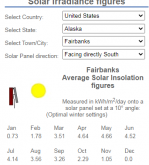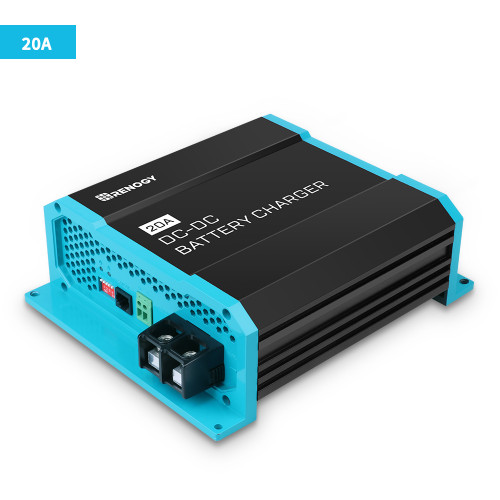SolarQueen
Making renewable do-able at www.alteStore.com
According to @Luthj 's chart, at 12.8V you started with the battery at 17% SoC, which of 4800Wh is 816Wh. You used 400Wh overnight with the heater (is your heater really only 50W? Nice.) So with 416Wh left in the battery, you tried running a 1000W kettle. In just over 15 minutes, you are completely out. Any chance you can add an AirX or other small turbine for winter? Or are you going to be moving around?





